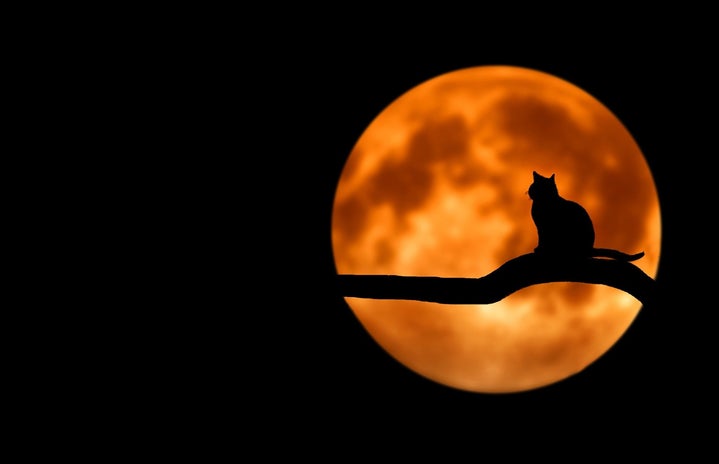Mary Shelley’s “Frankenstein”
Frankenstein is one of my absolute favorite books, and has withstood the test of time for a reason. I initially was assigned to read it for an English course, and went in not expecting much. But I was quickly enthralled by the vivid storytelling, thought-provoking conversations, and the raw emotions the characters carry.
Multiple characters reflect on the importance of love and the deep loneliness they feel without it, most of all Frankenstein’s monster. Abandoned at birth and abused by all he met, the monster struggles to teach himself the rules of society, modeling his behavior off the prejudiced way he is treated by others. Watching his journey raises important questions to readers about what it means to be human, how hurt people react to the treatment they receive, and that blame for a tragedy cannot always be assigned in black and white.
bram stoker’s “dracula”
Dracula is another Halloween classic that this list couldn’t be complete without. While I can’t say much on it (this is the only book of the list that I haven’t finished yet), what I’ve read so far is captivating. It centers on Dracula, a vampire who wishes to move to London where he can more easily access humans, and his unwitting guest.
One thing I found especially unique is how the story is formatted as letters sent between characters. Reading everything after it has already occurred, as well as not being able to see what happens in the time between letters, adds a great amount of suspense to the story. Some people even read it in real time, only reading a letter on the date it was written, spanning over 6 months. Having to wait as long as the characters do will definitely make your reading experience more tense!
albert camus’ “the stranger”
While Camus’ breakthrough novel might not be the first choice for a Halloween read, I think both its bleakness and the psychological questions it poses place it on this list. The Stranger kicks off with the death of the protagonist’s mother; he is seemingly unaffected by this, which appears abnormal but could perhaps be justified. But as the story progresses, he experiences a disconnect from all human emotions, culminating in him committing a cold-blooded crime without reason.
What captivated me most was the narration of the main character’s thoughts. He constantly grapples with what the purpose of being alive is– and as he struggles with this question, readers find themselves wondering the same. In some ways, he felt like a senseless and cruel character, but there were aspects of him that felt sympathizable as well. While not traditionally scary, a story that challenges your entire worldview can definitely feel unsettling and memorable.
franz kafka’s “the metamorphosis”
The Metamorphosis is the only book I can remember that has given me genuine nightmares (granted, that might be because I was 12 when I read it). Gregor Samsa is a traveling salesman who awakens one morning to find that he has been transformed into an enormous beetle.
In classic Kafkaesque style, despite the horror of his situation, his initial worry is only how he will get to work on time. Gregor’s family discovers his condition and initially sympathizes with him, but with time they grow to resent caring for him. He becomes more and more isolated with time, until he feels completely alienated from both the outside world and his loved ones.
On a surface level, Kafka’s vivid imagery of Gregor’s bug state makes this a nauseating read. However, many view this transformation as a metaphorical change rather than a literal one. Gregor’s metamorphosis could serve as a metaphor for physical or mental illness, and the unjust way sick people are treated by society. It’s a story that’s both shocking and thought-provoking.

Oscar Wilde’s “The Picture of Dorian Gray”
The Picture of Dorian Gray is, in my opinion, the perfect mixture of humorous, thoughtful, disturbing, and downright depressing. Combining a 19th century setting with supernatural elements, it follows the story of a self-obsessed man who will give up anything to stay young– even his soul.
This is another story that I find relevant to the world even today. It explores how charismatic influences can corrupt people, the fixation society has on physical beauty, and how easy it is to lose oneself. The fact that many of the characters are portrayed in such a negative light is, in my opinion, what makes the lessons from this book so powerful.



